Phytoplankton play a crucial role in the marine food web and are sensitive indicators of environmental change. Iceland is at the center of a contrasting hydrography, with cold Arctic water coming in from the north and warmer Atlantic water from the south, making this geographical location very sensitive to climate change. We used DNA metabarcoding to determine the biogeography of phytoplankton in this area of accelerating change. Seawater samples were collected in spring (2012–2018), summer (2017) and winter (2018) together with corresponding physico-chemical metadata around Iceland. Amplicon sequencing of the V4 region of the 18S rRNA gene indicates that eukaryotic phytoplankton community composition is different between the northern and southern water masses, with some genera completely absent from Polar Water masses. Emilia was more dominant in the Atlantic-influenced waters and in summer, and Phaeocystis was more dominant in the colder, northern waters and in winter. The Chlorophyta picophytoplankton genus, Micromonas, was similarly dominant to the dominant diatom genus, Chaetoceros. This study presents an extensive dataset which can be linked with other 18s rRNA datasets for further investigation into the diversity and biogeography of marine protists in the North Atlantic.
Author: admin
Sustainable aquaculture is an endeavor towards increasing global food security. While access to sufficient water is key for appropriate fish farming, there are various methodological gaps when assessing quantitative water use (QWU). This study discusses the status of QWU in finfish aquaculture in depth and contributes to the understanding of the different QWU methodologies currently used in this field within the Life Cycle Assessment (LCA) framework. A systematic literature review following the Protocol, Search, Appraisal, Synthesis, Analysis, and Report (PSALSAR) methodology was conducted, to evaluate the available scientific literature (January 2009–March 2022) of LCA studies intertwined with QWU of finfish aquaculture and associated fish processing. A total of 22 articles (80 treatments) were included and classified based on their fish production systems, LCA characteristics, and aquaculture intensity (using the Aquaculture Production Intensity Scale – APIS score). Four QWU methodologies were reported: water dependence (WD, 15 studies), AWARE (3 studies), Water Footprint Assessment (WFA, 2 studies), and consumptive water use (CWU, 2). Comparison of results from these methodologies is challenging due to different technical approaches assessing water use quantities. For instance, AWARE, WFA and CWU account for water consumption, whereas WD accounts for all the water reared into a system, regardless of it being returned to the sourced watershed or not. WD can be used for fresh, brackish or seawater, whereas the other methodologies account exclusively for freshwater. WD and AWARE consider only blue water, WFA includes green, gray and/or blue water, and CWU considers green and/or blue. Moreover, WD and CWU are inventory methodologies, AWARE is midpoint, and WFA can be inventory or midpoint methodology. QWU method development for aquaculture, which is a complex system with diverse water requirements, is much needed. This study highlights future research needs in QWU in aquaculture, to help standardize the QWU methodologies used in aquaculture and facilitate the implementation of water management practices for both direct and indirect water usage, which are key for achieving sustainable aquaculture.
Expanded polystyrene (EPS) boxes are used for the packaging of perishable and vulnerable goods during transportation; for instance, fresh fish fillets. It is important to minimize the weight and cost of the packaging materials while maximizing strength to avoid damage to the packaging and the product itself. EPS boxes have to withstand considerable loading, which arises due to rough handling and stacking during transport. This work focused on the compressive and flexural properties and stacking strength of 3 kg capacity EPS boxes with densities of 22 and 23 kg/m33, by combining experiments and simulation. Material properties were obtained from the compression test, and the behavior of EPS boxes under stacking load was investigated through both experiments and finite element simulations. The influences of density and different sample preparation methods on material properties and stacking strength were investigated. The results indicated that, with the density increasing by 1 kg/m33, the initial modulus rises 10–15% and the compressive strength increases by 7–8% in the compression test, while in the flexure test, the rupture stress increases by 3–7% . Additionally, an increase of around 2% was observed for the specimens cut with a hot wire compared to those cut with a table saw. However, because the failure mechanism for a box as a whole differs from that of small units in the compression and flexure tests, density has less of an impact on stacking strength. Finally, a good agreement was obtained between the simulation and stacking strength test results.
Native livestock breeds are part of the history of the Nordic people and comprise a resource for future food production. In this study, net gain and carcass characteristics of two Danish, three Finnish, one Icelandic, six Norwegian and five Swedish native cattle breeds were retrieved and compared to commercial breeds: two beef breeds and two dairy breeds. Breed data were collected from national databases and sorted into six animal categories: young bull, bull, steer, heifer, young cow and cow, for which means and standard deviations were calculated within each country. The native breeds ranged from small-sized milking type breeds with low net gain, carcass weights and EUROP classification to larger multipurpose breeds with high net gains, carcass weights and EUROP classification.
All Finnish and most of the Norwegian and Swedish native breeds had lower net gain and carcass weight than the dairy breeds in the same category and country, but with similar carcass conformation and fatness scores. The two Danish native breeds had higher net gain, carcass weight and conformation class than the reference dairy breed, but lower than the reference beef breeds. The net gain and carcass traits of the Icelandic native breed were similar to the smallest-sized native breeds from the other countries. The carcass traits of the native breeds indicate that they have comparative advantages in an extensive production system based on forage and marginal grasslands. They may also succeed better in the value-added markets than mainstream beef production.
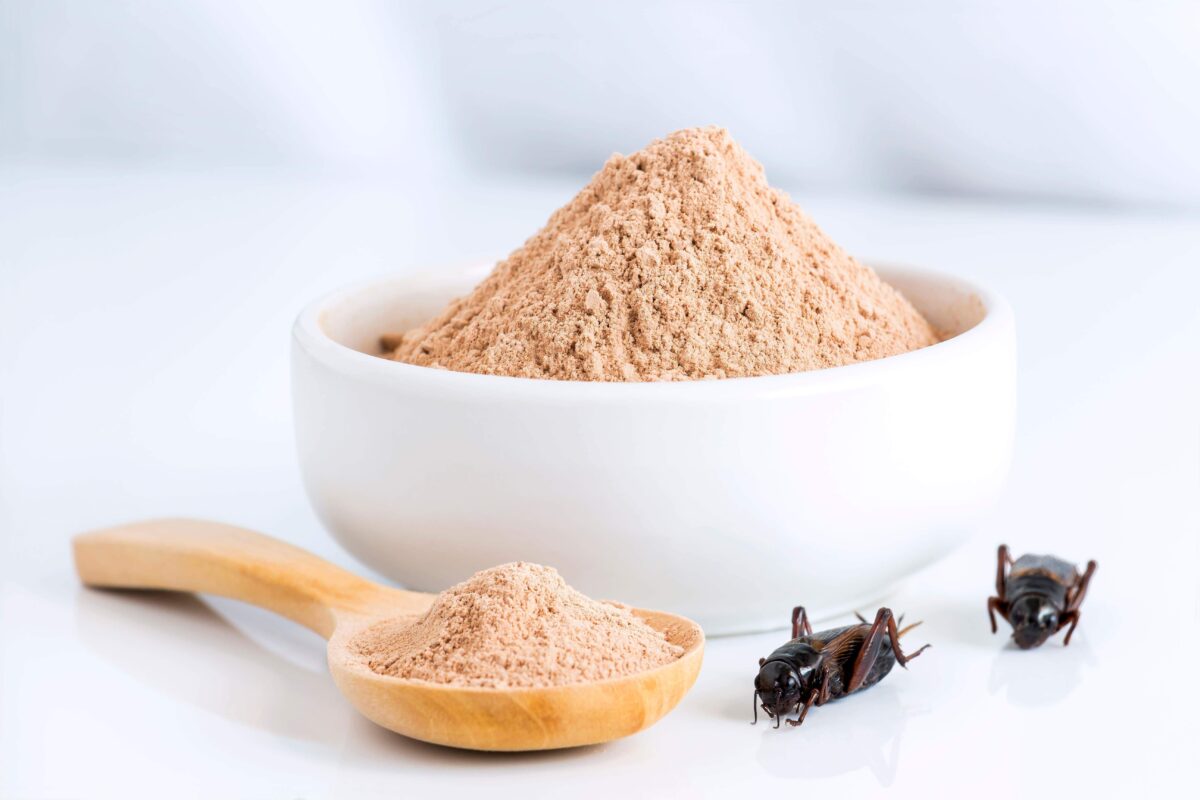
Recently, an article appeared in the online magazine Horizon, the EU Research & Innovation Magazine, which discussed how people's attitudes towards various neoproteins have changed and developed in recent years.
The article included an interview with Birgi Örn Smárason, professional manager at Matís, about the NextGenProteins project that he has led for the past four years. In that project, the environmental impact, nutritional properties and consumer attitudes towards three neoproteins were investigated.
It was possible to produce three types of protein powder, from insects, spirulina from microalgae and single-cell protein from yeasts grown on forest residues. All types have good nutritional properties, so the powder can be used in both feed and food, and in addition, their production has a low environmental impact compared to most other food production.
Birgir Örn said in the interview that he truly believes that by educating consumers, big steps can be taken towards increased sustainability in people's diets and the world's food systems. In the project, various consumer surveys were conducted among a large number of people from Finland, Germany, Iceland, Italy, Poland, Sweden and Great Britain.
It turned out that people's attitudes are mostly very positive towards spirulina and single-cell protein, but a little less towards insect protein. Although a protein powder made from mange has been developed specifically to improve attitudes towards this type of protein, only one in three could imagine tasting insects.
The article, entitled New foods can go from yucky to yummy as people's perceptions evolve, can be read in its entirety by clicking here.
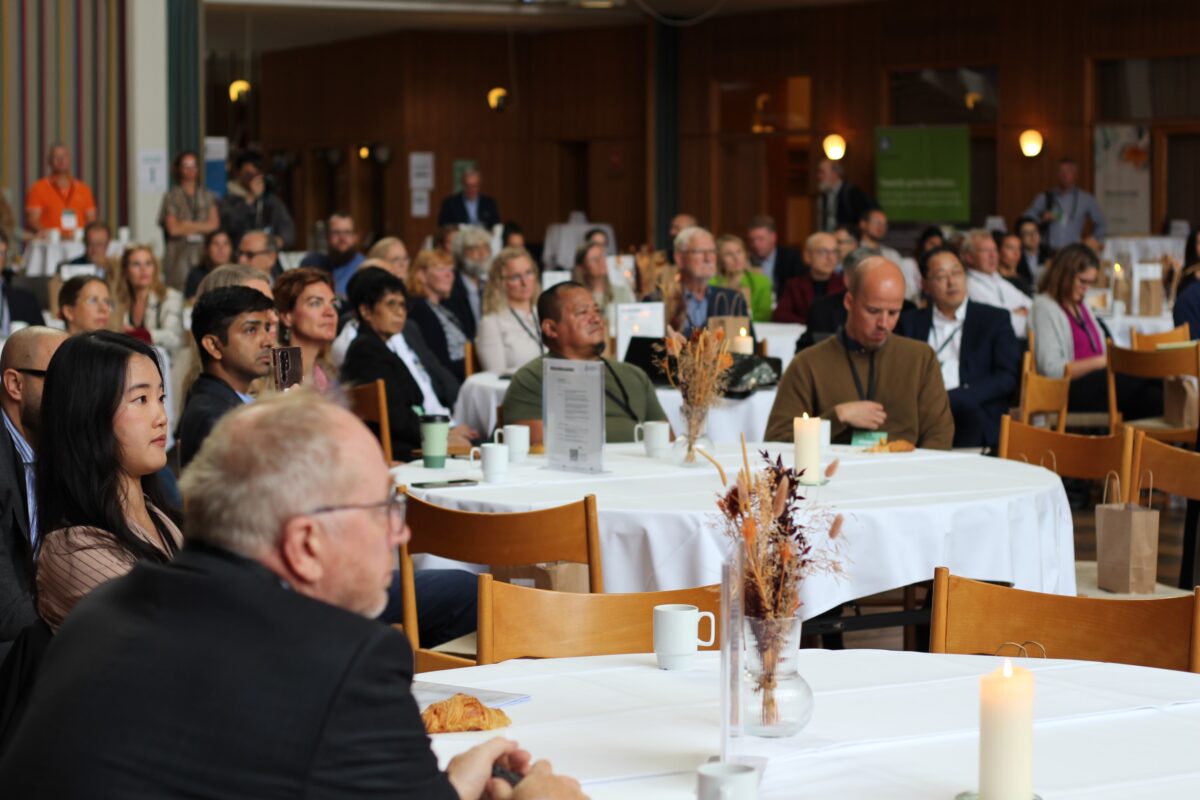
On the 26th - 27th of September last Aarhus Food & Bio cluster in Denmark held the Food & Bio Global Summit 2023. The main theme of the conference was sustainability in food production with a focus on innovation. As was stated at the conference, the world's food systems have reached the limit of endurance, especially related to the effects of weather disturbances; global warming, floods, sea level rise, droughts, etc. Over 170 participants from around the world attended the conference which was packed with great lectures.
One of the most important themes of the conference was to promote the Global Food Alliance, to connect and promote sustainability and innovation in food production. This vision is important in light of the Paris Agreement to keep the global temperature rise below 2°C relative to the average temperature at the beginning of industrialization. The treaty also aims to strengthen the capacity of the countries of the world to deal with the consequences of climate change.
One of the most serious consequences of climate change is the impact on the health and ability of ecosystems to produce food. The degradation of ecosystems will therefore lead to food shortages and famine. The idea behind the conference on the International Food Pact is that with the consensus and cooperation of everyone who works or is involved in research, innovation or political decisions, it will be possible to prevent disasters such as the loss of ecosystems and famine.
The conference had a dense program of lectures related to the above issues; cooperation, innovation, research and development. Connection meetings, speed dates, were also held, where each participant could connect with other participants in their professional field and thus expand their network.
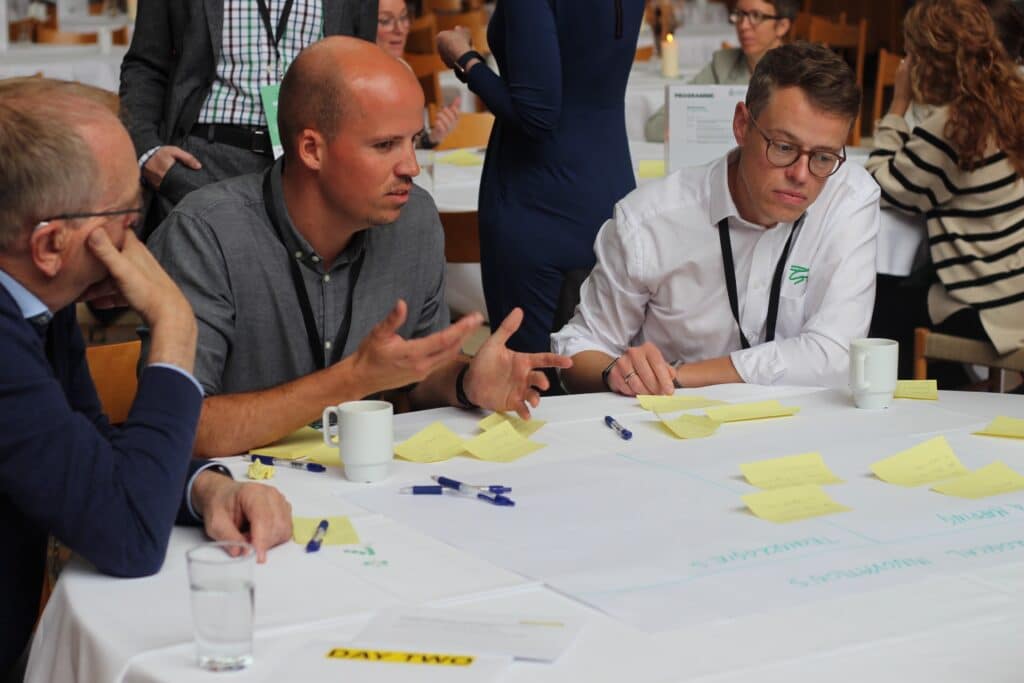
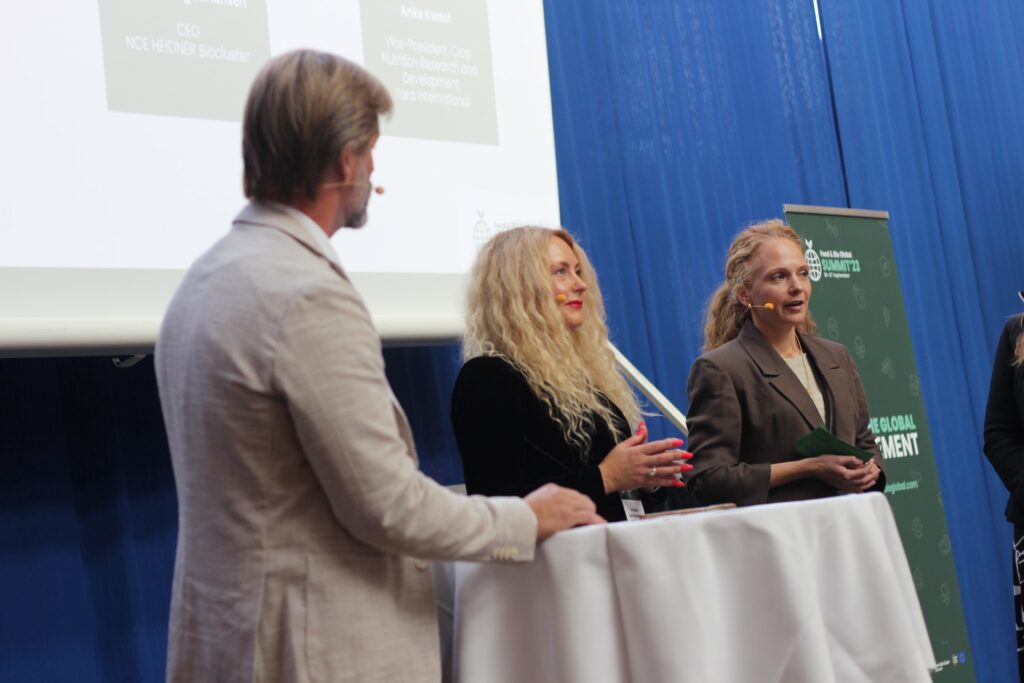
The conference was well attended, and participants from around the world could be seen. One conference guest came from Iceland on behalf of Matís and she was very happy with the conference and the presentation. The issue of food production and the ability of ecosystems to withstand the challenges of the future ie. population growth and ecosystem decline due to catastrophic global warming is one of the most important challenges of our time.
The innovation and technological development that has taken place in the food industry is not only fast but also extremely interesting. Now, for example, it is possible to process meat from animal cells (cell-based proteins) and grow algae using high-tech methods, etc. There are challenges ahead in food production, but at the same time, solutions are being diligently worked on through the development of technological solutions and innovation alongside sustainable development and the strengthening of the circular economy. More information about the Food & Bio Global Summit 2023 can be found here:
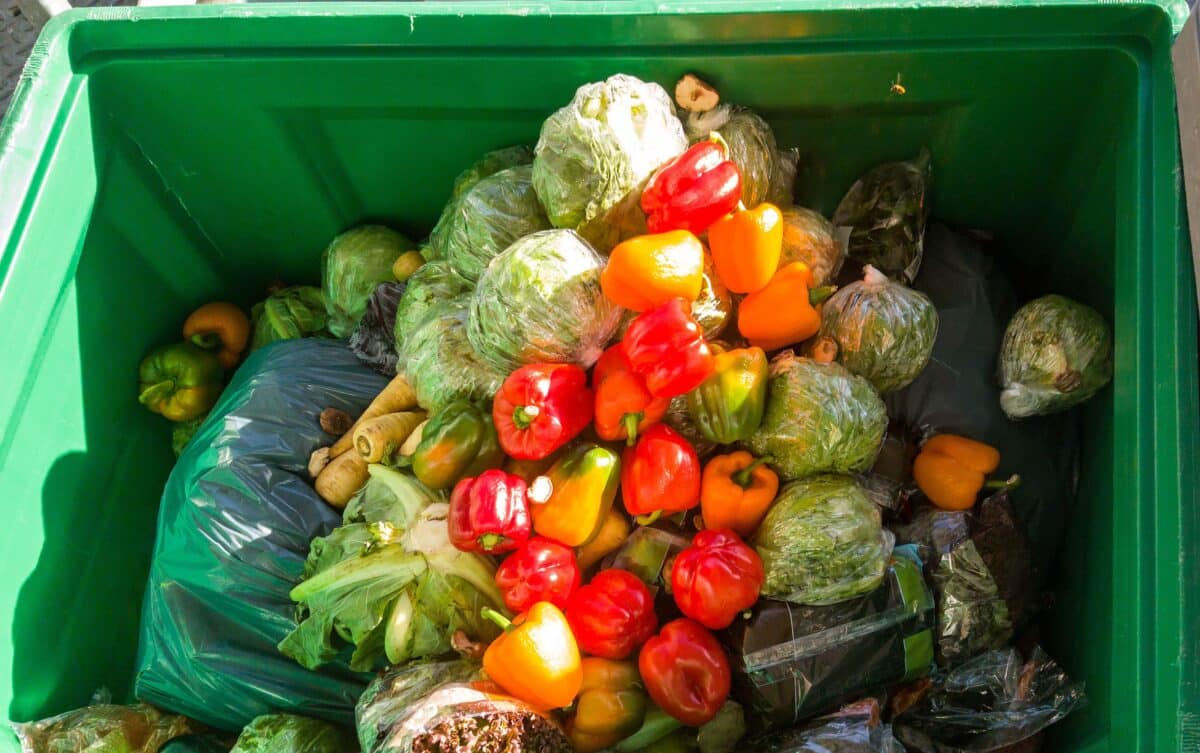
The United Nations International Day for Food Waste was last September 29. On that day, the Environmental Agency presented the results of a new study on the extent of food waste in Iceland, but this was the first time that food waste has been measured in the entire food value chain according to the European Union's standard methodology. The Environmental Agency's coverage can be found here: Food waste in Icelandic households is below the European average.
It turned out that food waste per population in Iceland was about 160 kg in one year. About half came from primary production and about 40% from households. The results for food waste overall were quite similar to other European countries. However, it is not possible to stop there because the goal for the future is to greatly reduce food waste.
The Icelandic government has set ambitious goals to reduce food waste by 30% by 2025 and by 50% by 2030. The measurements currently available will be used as a baseline for these goals.
At Matís, many projects have been carried out that can help reduce food waste. In a project on the value chain of vegetables measurements were made of the storage conditions and suggestions were made to reduce the wastage of vegetables. Matís has been involved in increasing the full processing of seafood in Iceland and elsewhere in the world, and is currently working on projects that can added value from by-products of vegetable production and meat production. Food packaging has been the subject of much discussion, not least problems regarding packaging plastic and its recycling, but you can read about these issues in Matís's report. Packaging can be important for the preservation of food quality, but deterioration of food quality due to deficiencies in packaging and handling can lead to food waste.
In addition to these projects, there are many others underway at Matís that contribute in one way or another to the better utilization of food and by-products of food processing, the promotion of the circular economy and sustainability thinking. Matís' project can be viewed here:
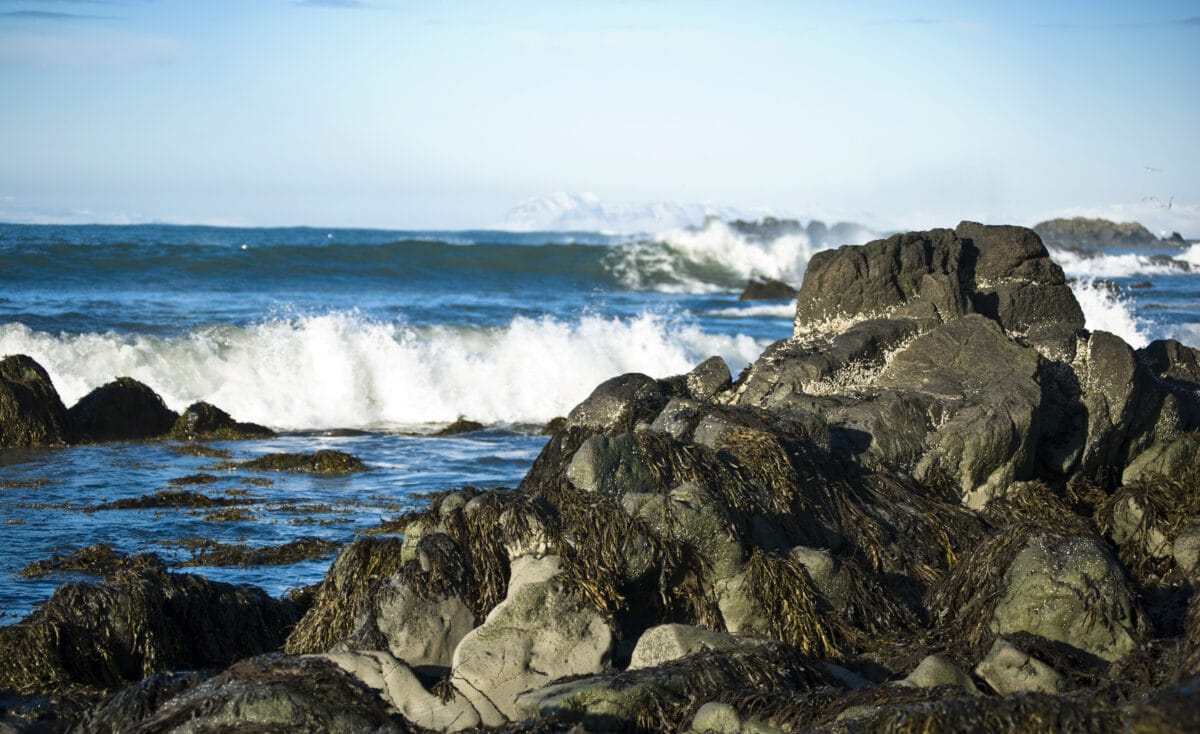
In September of this year, a meeting was held in the SusKelpFood project in Bergen, Norway. The project is about developing innovative solutions in the production of safe, nutritious and tasty raw materials from kelp for food.
Among the things developed in the project are new processing methods, such as drying and fermentation, of kelp (Saccharina latissima) and marine kernel (Alaria esculenta) to reduce energy consumption in production and increase the quality of final products. All aspects of the value chain will be studied from primary production to ready-to-eat food products. The food company Orkla, which among other things produces TORO products, is participating in the project and will develop new products for the food market that contain kelp.
The project is funded by the Research Council of Norway, but Matís' role in the project is to measure the odorants in the ingredients and their sensory assessment, which is used to describe the appearance, smell, taste and texture of food products.
The status of the project was reviewed at the meeting, but Matís presented the results of measurements with an electronic nose and an electronic tongue that were carried out in Israel, and which provide indications of the taste and smell of the ingredients without actually tasting them. The results of those measurements, together with sensory evaluation, indicate that production methods can have a great influence on the smell and taste of the kelp.
More information about the SusKelpFood project can be found on its project page here:
Sustainable ingredients from cultivated kelp to the food industry
The study aimed to provide insight into the lipid quality of pelagic fishmeal and fish oil processing of mackerel and herring cut-offs, and the effect of temperature changes in the cooker (85-95 °C) during production. Samples were collected after each processing step at a traditional processing line where water and lipid content, free fatty acids (FFA), phospholipids (PL) and fatty acid composition (FAC) were measured. Results showed that the standard procedures at 90 °C included ineffective draining and concentration steps. Moreover, the solid streams entering the driers varied in chemical composition, suggesting that processing each stream separately could be beneficial for maintaining the lipid quality. The cooking temperature affected the lipid removal from the fishmeal processing, where lowering the temperature to 85 °C resulted in a lower lipid content of the final fishmeal, along with lower FFA and PL values. Hence, the fishmeal and fish oil factories could save energy by lowering the cooking temperature, as well as obtaining more stable and higher value products. Further recommendations include more focus on the initial steps for a better homogenization and breakdown of the raw material, as well as investigation of different drying techniques applied on each processing stream entering the drying steps.



